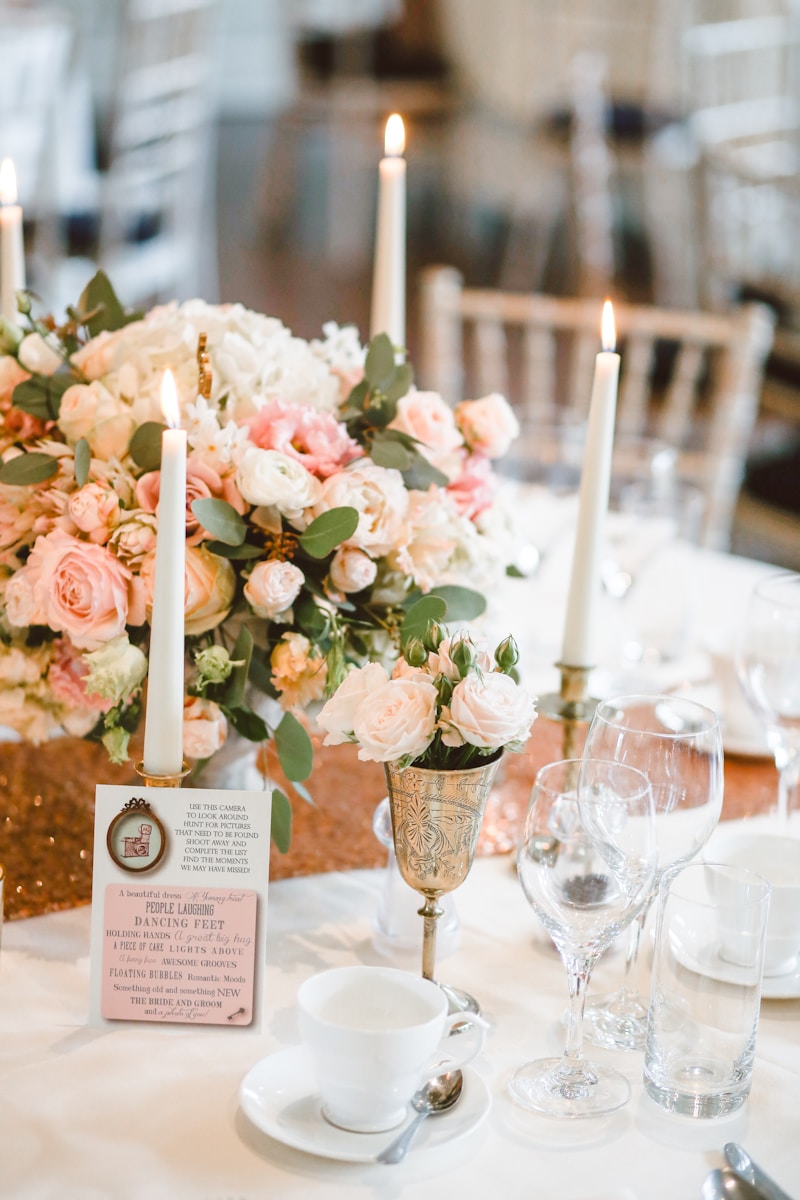Understanding Color Theory for Wedding Dress Design
Understanding Color Theory for Wedding Dress Design
Unlocking the Secrets of Color Theory in Wedding Dress Design
When it comes to designing the perfect wedding dress, color is one of the most vital elements that can make or break the overall aesthetic. Understanding color theory is essential for designers who want to create dresses that resonate with the bride's vision while also adhering to trends and cultural significance. This article delves into the intricacies of color theory in the context of wedding dress design, exploring complementary colors, color psychology, and practical applications in fabric and materials.
The Basics of Color Theory
Color theory comprises several principles that describe how colors interact and can be combined effectively. Here are some fundamental concepts:
| Color Wheel | The color wheel is a circular diagram of colors that illustrates the relationships between primary, secondary, and tertiary colors. |
| Complementary Colors | Complementary colors are located opposite each other on the color wheel, creating a high contrast that is vibrant and attention-grabbing. |
| Analogous Colors | Analogous colors are located next to each other on the color wheel, resulting in a harmonious look. |
| Split-Complementary Colors | This scheme combines one base color with two adjacent complementary colors, creating a balanced yet dynamic palette. |
| Tints and Shades | Tints are created by adding white to a color, while shades are made by adding black. Understanding these variations can enhance the depth of your designs. |
Color Psychology: The Emotional Connection
Color theory is not purely about aesthetics; it also involves emotions and cultural meanings. Here are some empowering insights into color psychology:
White: Purity and Innocence
Traditionally associated with weddings, white symbolizes purity and a fresh start. Many brides opt for white dresses to embody these values.
Red: Love and Passion
Red is the color of love, making it a bold choice for a wedding dress. It can signify both passion and elegance.
Blue: Serenity and Trust
Blue can evoke feelings of serenity and calmness, making it ideal for brides looking to convey a peaceful atmosphere.
Pastels: Softness and Romance
Soft pastel colors such as blush and lavender bring a romantic and gentle touch to any wedding attire, perfect for spring or summer nuptials.
Color Trends in Wedding Dress Design
Staying up-to-date with color trends is essential for any designer. Recent trends have included:

Classic Neutrals
Shades such as ivory, champagne, and taupe continue to hold popularity, providing timeless elegance.
Bold Jewel Tones
Jewel tones like emerald green, sapphire blue, and ruby red have emerged, reflecting luxury and sophistication.
Metallics
Incorporating metallic colors into wedding dresses can add drama and a modern twist, suitable for evening weddings.
Practical Applications of Color Theory in Design
Utilizing color theory effectively requires practical applications. Here are a few tips:
Choosing Fabrics
The choice of fabric can significantly influence how color appears. For instance, silk offers a luminous sheen, whereas cotton provides a matte finish. Consider how the chosen fabric interacts with the selected color palette.
Consideration of Lighting
Lighting plays a crucial role in color perception. A dress might look different under natural light compared to artificial light. When designing, test colors in various lighting conditions to ensure they meet your vision.
Personalization
Encourage brides to personalize their choice of color. A dress can include custom accents, such as colorful embroidery or lining, making it truly unique.
Common Questions About Color Theory in Wedding Dress Design
Brides and designers often have numerous questions regarding color theory and wedding dress design:
- What colors should I avoid for my wedding dress?
Avoid colors that clash with your venue or theme. It's also wise to consider the emotions you want to convey. - Can I mix patterns and colors in my wedding dress?
Absolutely! Mixing patterns can create a unique look, but ensure the colors complement each other. - How do seasonal trends affect wedding dress colors?
Seasonal colors can significantly influence choices. For example, rich colors like burgundy are popular for fall, whereas light colors are often chosen for spring.
Visual Inspiration: Color Palette Ideas
When designing a wedding dress, consulting visual inspiration can be immensely helpful in selecting a color palette. This not only facilitates creativity but also ensures that the design aligns with current trends and personal tastes.
Conclusion: The Importance of Understanding Color Theory
In the realm of wedding dress design, understanding color theory is foundational. Whether you’re a bride-to-be, an aspiring designer, or a seasoned professional, recognizing how colors affect emotion and interact with each other can significantly enhance your designs. Always remember to consider the context and desires of the bride, as her vision should guide the color choices. By embracing color theory in your designs, you’ll create stunning, memorable wedding dresses that resonate with beauty and meaning.
Final Tips:
- Conduct thorough research on color psychology and its implications.
- Experiment with fabric samples to see how colors appear in real life.
- Don't shy away from seeking feedback from others when choosing your color palette.
